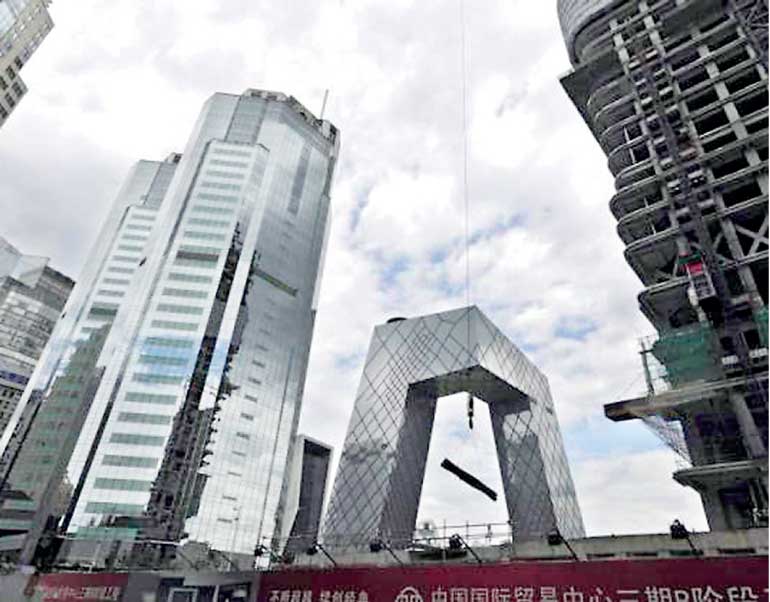Wednesday Dec 10, 2025
Wednesday Dec 10, 2025
Thursday, 31 December 2015 00:00 - - {{hitsCtrl.values.hits}}

Reuters: China could run its biggest budget deficit in perhaps half a century next year as leaders turn to government spending to arrest the slowdown in the economy, policy advisers say, after disappointing returns from a year of monetary policy easing.
The government is expected to increase its budget deficit to about 3% of gross domestic product in 2016 from a target of 2.3% this year to help cushion against the possible impact on the economy from structural reforms, the advisers said.
The sources, who prepare advice for senior leaders but are not involved in the final policy decisions, said a bigger deficit was among recommendations made to leaders at a recent meeting that set the economic agenda for next year, as a counter to the expected pain from plans to tackle oversupply and debt.
“Next year’s budget deficit ratio is very likely to rise to 3% or slightly higher, and we cannot rule out the possibility of continued rises in the next several years,” said a source at the finance ministry.
Last month, Vice Finance Minister Zhu Guangyao said economists should reconsider what constitutes a danger zone for deficit-to-GDP ratios, comments some analysts took as a hint of more aggressive stimulus to come.
“To halt a further slowdown in economic growth, China should take a more forceful fiscal policy next year and in coming years, using the fiscal policy as the main tool,” said an influential economist at the Chinese Academy of Social Sciences, a top government think-tank.
Growth in the world’s second-largest economy is set to slow to a quarter-century low of about 7% this year and deflationary pressures persist, even after a year of cuts in interest rates and bank reserve requirements, fund injections into the banking system and easier loan requirements.
The government is expected to target economic growth of at least 6.5% in 2016 – in line with a new five-year plan to fulfil a previously announced goal of doubling GDP and per capita incomes by 2020 from 2010 levels, policy insiders say.
“During the deflationary period, monetary policy is ineffective as banks are reluctant to lend and companies are reluctant to borrow,” said the CASS economist, adding that the government should run a budget deficit of 3 to 4% of GDP in 2016 to finance tax cuts and infrastructure spending.
The Finance Ministry did not return a request for comment.
New mantra for growth
After senior leaders held their Central Economic Work Conference mid-month, they outlined five major tasks for restructuring – capacity elimination, destocking, deleveraging, lowering costs and ‘making up for shortcomings’.
But such reforms could weaken growth further before the benefits are seen, and that carries risks such as higher unemployment for a leadership bound by goals set by the previous administration.
So while monetary policy will remain supportive, the new policy buzz-phrase in China is ‘supply-side reform’.
“There is still some room for policy easing. The scope for cutting interest rates is small, with one or two cuts expected next year,” said an economist who advises the government.
There is no complete official data on the deficit/GDP ratio, but Chinese analysts said the level had never hit 3% in the post-1978 era, when former leader Deng Xiaoping launched liberalising reforms to China’s command economy.
The last time the level neared 3% was in 2009, when a 4 trillion yuan ($ 615 billion) stimulus package to counter the global financial crisis pushed it out to 2.8% of GDP. At the time, a vice finance minister said China had run deficits of more than 5% in the 1960s.
Although this year’s target is 2.3%, Finance Minister Lou Jiwei said in March the actual level could be 2.7% after including unspent amounts from earlier budgets.
“It could be raised to around 3%. We must implement a pro-active policy and expand fiscal spending to support the slowing economy,” said an influential economist who advises the country’s parliament.